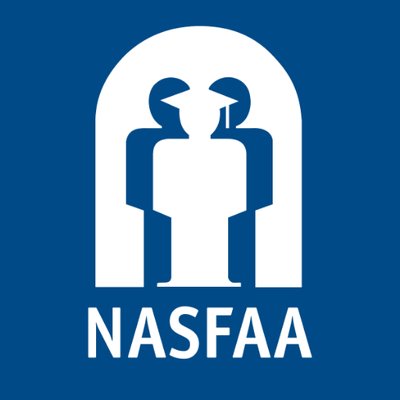
Education Dive
February 26, 2019 Enrollment Management Trends, Value and Affordability
Despite state funding for public two- and four-year colleges decreasing in recent years, only 29% of U.S. adults correctly recognized this trend. Across the country, colleges are trying to make up the deficits by increasing tuition, retaining less faculty, removing courses, and even shutting down campuses. If voters do not see this as a prevalent issue, it will be difficult to make the case for increased state investment.

Inside Higher Ed
February 25, 2019 Admissions, Enrollment Management Trends
As racial and ethnic gaps are prevalent in student debt and access to higher education, Senators are looking for ways to address. New America proposed colleges with a preference for alumni children, and/or those that have early-decision programs lose access to federal aid programs. In addition, they proposed requiring universities seeking federal research grants to replace admissions systems with ones in which a lottery plays a prominent role.

National Association of Student Financial Aid Administrators
February 19, 2019 Student Success, Value and Affordability
Black students struggle disproportionately compared to any other racial groups when it comes to student loan debt. On average, Black students finish college with more debt than their white counterparts. Much of this can be attributed to less financial and academic resources and lower earnings post-graduation.

Chronicle of Higher Education
February 13, 2019 Enrollment Management Trends, Value and Affordability
Instagram users with large followings attract brands who wish to promote their products or services to their audiences. A select few influencers have partnered with U.S. Department of Education to post about the importance of completing the FAFSA with the hashtag #ButFirstFAFSA. Influencers are sharing their inspiring stories about attending college and the benefits of federal aid.

Education Dive
February 13, 2019 Enrollment Management Trends, Research
Accepted methods of measuring whether colleges and universities are providing access to low-income students don’t consider the unequal income distributions among the regions from which the institutions traditionally draw. Institutions in the tri-state area, for example, draw from in-state pools of students with higher income distributions compared to those in other areas of the country.

Inside Higher Ed
February 11, 2019 Admissions, Research
College Board has released data from the 2018 AP Exam. Just under 750,000 students earned a score of 3 or higher on at least one placement exam, a 5.4 percent raise from 2017. Though the percentage of underrepresented students earning at least one 3 increased at a faster rate than white students, the data released shows continued equity gaps in the program.

Chronicle of Higher Education
February 04, 2019 Student Success, Value and Affordability
Senator Lamar Alexander, a Republican from Tennessee, hopes to get the Higher Education Act reauthorized within the next year. The proposed bill would simplify the FAFSA process by reducing the number of questions, change the payment plan process for student loans, and enact a new accountability system for colleges based on the rate of graduates’ loan repayment.

Inside Higher Ed
January 31, 2019 Admissions
As recruiting season is in full swing, a new group of students is deciding where to enroll in the fall. From location to school culture, students assess various factors to ensure the school they choose will best meet their needs. This article asks prospective students what they are looking for in a school and how they intend to find it.

Wall Street Journal
January 26, 2019 Admissions, Enrollment Management Trends
Some colleges and universities, in an effort to sort through a growing number of applications, are beginning to track prospective student’s online interactions with the institution via web pages and emails and considering these engagements as a factor in the admissions process. (Subscription required)

Education Dive
January 24, 2019 Student Success
Colleges and universities are looking for innovative ways to make students ready for a career upon graduation. Currently, there is a disconnect that stems from both outdated methods utilized by schools and misconceptions about the workforce from students. Career Services offices must broaden awareness of their work and network within and outside of their institution. This article lists four concrete ways to expand and enhance career readiness services.